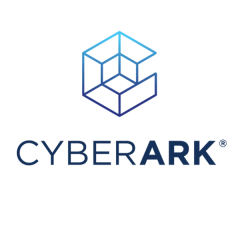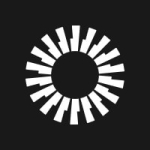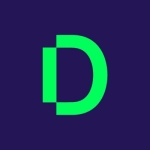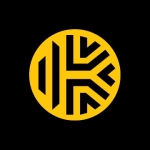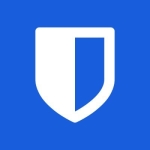What is our primary use case?
Within our organization, our security requirements, which are set by our customers, require CIS compliance. Those requirements mandated securing privileged passwords with encryption, both in transit and at rest. CyberArk PAM was selected as our solution, and CyberArk's Professional Services team conducted the initial installation and implementation.
Three years later, I was tasked with implementing the product more fully, integrating more of the out-of-the-box privileged password change management automation features of the product within our environment.
How has it helped my organization?
The out-of-the-box functionality, Windows OS Privileged local account password change management, was the first automation feature implemented, and by itself, the automation reduced the man-hour requirement for quarterly local privileged password change management enough to provide a complete ROI on the initial licensing investment.
Continued implementation of more of the out-of-the-box PAM functionality continues to produce man-hour savings, which frees up our security operations group to have more time to monitor, investigate, and resolve potential security issues on the network.
What is most valuable?
Our implementation is air-gapped from the outside world, and as such, we utilize a completely on-prem solution. Our highest risk is from privileged insiders, and CyberArk's answer to this challenge was the implementation of a Privileged Session Manager (PSM). With PSM, we were able to secure, control, and more importantly, monitor privileged access to highly critical network servers by using PSM to manage accounts and create detailed session audits and video recordings of all IT administrator privileged sessions on our most critical servers. The established sessions on the target systems are fully isolated and the privileged account credentials are never exposed to the end-users or their client applications and devices.
What needs improvement?
CyberArk PAM is a very broad product as everyone's requirements for implementation are different. In our particular case, the initial implementation was planned and developed by people who didn't know our specific network requirements, so the initial implementation needed to be tweaked over time. While this is normal, at the time all these "major" changes required CyberArk professional services to come in-plant and "assist" with the changes.
Over time, the CyberArk product team has made this process simpler and has enabled more local administrator configuration and update functionality, which doesn't require sub-contracts.
For how long have I used the solution?
Our program has been using CyberArk since 2014, although it was not fully implementated until I took it over in 2017.
What do I think about the stability of the solution?
The product is very stable, limited only by the Windows Operating System is it built upon.
What do I think about the scalability of the solution?
This product seems to be scalable to any size. Providing vault cluster services, distributed vaults, and DR vault implementations, the product is truly ready for global implementation.
How are customer service and support?
Tier One customer service is not as responsive or as knowledgeable as I would like, however, once your service request is sent to a Tier Two support engineer, the knowledge and experience level increases dramatically.
In addition, within the CyberArk support environment, Technical forums are available in which other customers are very willing to share their experience, and offer possible solutions to non-critical issues.
How would you rate customer service and support?
Which solution did I use previously and why did I switch?
This was an initial implementation to meet the regulatory requirements of a federal customer.
How was the initial setup?
In our specific case, the initial setup and configuration were very complex, which was a result of the initial design being developed by our internal engineers and CyberArk professional services, neither of which had the "tribal knowledge" of how the network functioned, or how the processes of network engineering and security had been implemented.
What about the implementation team?
The initial implementation was a joint project with CyberArk Professional Services and our internal Systems Engineers. The Professional Services engineers were very knowledgeable regarding the implementation of their products.
What was our ROI?
Our program realized the total ROI after the implementation of policy-based automated password change management, which resulted in a significant reduction in man-hours required to conduct password change management (PCM) on a multitude of network elements.
What's my experience with pricing, setup cost, and licensing?
For licensing on a localized on-prem installation, the CorePAS licensing model enables the most critical component products within the PAM stack, enabling multiple layers of security which can take a while to implement.
Which other solutions did I evaluate?
At the time of the initial implementation (2013-2014), after looking at the field of available products, CyberArk PAM was significantly more mature than the other available products. For that reason, CyberArk PAM was selected.
What other advice do I have?
The greatest issue that I experienced with the implementation of the CyberArk PAM solution was inter-departmental politics regarding change. To resolve this, I relied on the CyberArk Customer Success team to assist with developing a strategy to get all of the stakeholders to accept the changes. Every CyberArk administrator needs to spend time learning about their customer success team since their purpose is to assist with making sure you have the knowledge you need to make sure your implementation is successful.
Which deployment model are you using for this solution?
On-premises
Disclosure: My company does not have a business relationship with this vendor other than being a customer.

